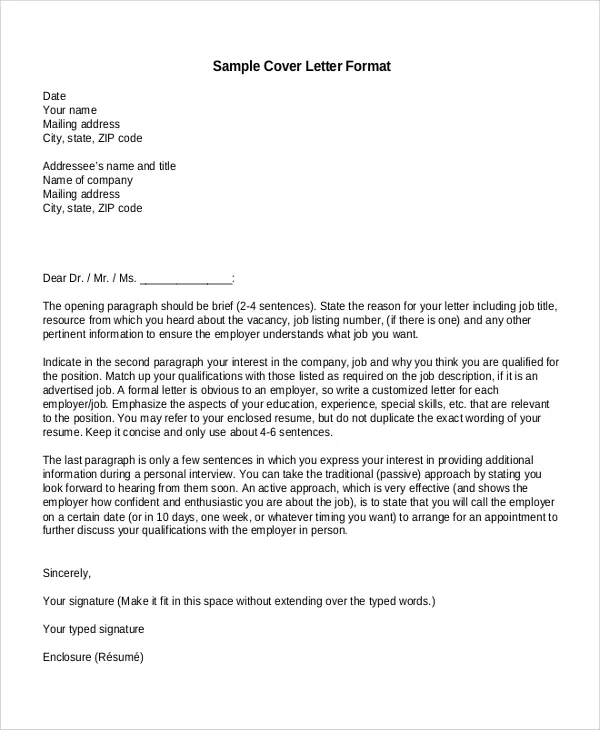Understanding the City Job Cover Letter
A city job cover letter is your first impression on a potential employer. It’s a crucial document that accompanies your resume, providing an opportunity to showcase your personality, skills, and experience in a compelling and tailored manner. Unlike a resume, which presents a factual overview of your career, a cover letter allows you to explain why you’re the perfect fit for a specific role within the city government. A well-crafted cover letter demonstrates your understanding of the job requirements, your enthusiasm for the position, and your knowledge of the city’s goals and values. It’s your chance to make a strong case for why you deserve an interview and ultimately, the job.
Key Components of a City Job Cover Letter
A successful city job cover letter includes several key components that work together to create a persuasive argument for your candidacy. Each section serves a specific purpose, and together, they paint a clear picture of your qualifications and suitability for the role. From the initial contact information to the final closing, every element must be carefully considered and strategically crafted. A poorly written cover letter can easily disqualify you, regardless of how impressive your resume may be. The following sections will guide you through each part, offering insights and strategies to help you create a cover letter that stands out.
Contact Information
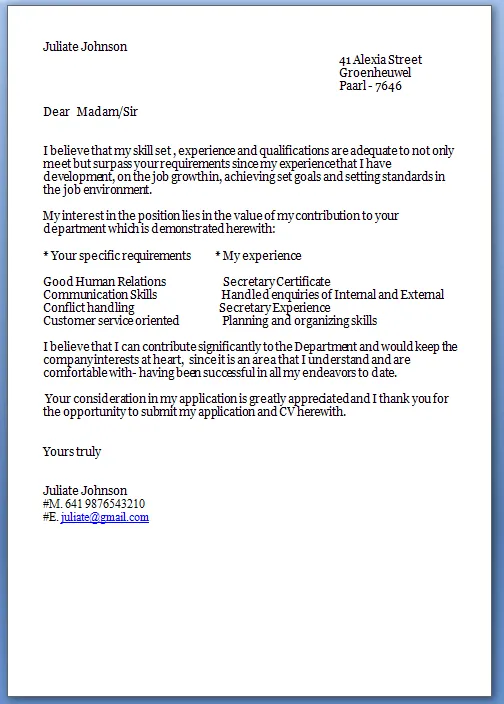
Start with your contact information at the top of the letter. This includes your full name, address, phone number, and email address. Make sure the email address is professional. It is standard practice to align this information to the left or right. Ensure your contact details are accurate and up-to-date to enable the hiring manager to easily reach you.
Date and Salutation
Following your contact information, include the date. Then, address the hiring manager or the specific person mentioned in the job posting, if known. Using ‘Dear Mr./Ms./Mx. [Last Name]’ is the most professional approach. If you’re unsure of the name, research the department’s website or LinkedIn to find the hiring manager’s information. Avoid generic salutations like ‘To Whom It May Concern’ if possible.
Opening Paragraph Grabbing Attention
Your opening paragraph should immediately capture the reader’s attention. State the specific position you’re applying for and where you saw the advertisement. Briefly mention why you’re interested in the job and the city. Highlight one or two key skills or experiences that make you a strong candidate. This initial paragraph sets the tone for the rest of your letter and encourages the hiring manager to continue reading. It should be concise, enthusiastic, and directly relevant to the job requirements.
Highlighting Relevant Skills and Experience
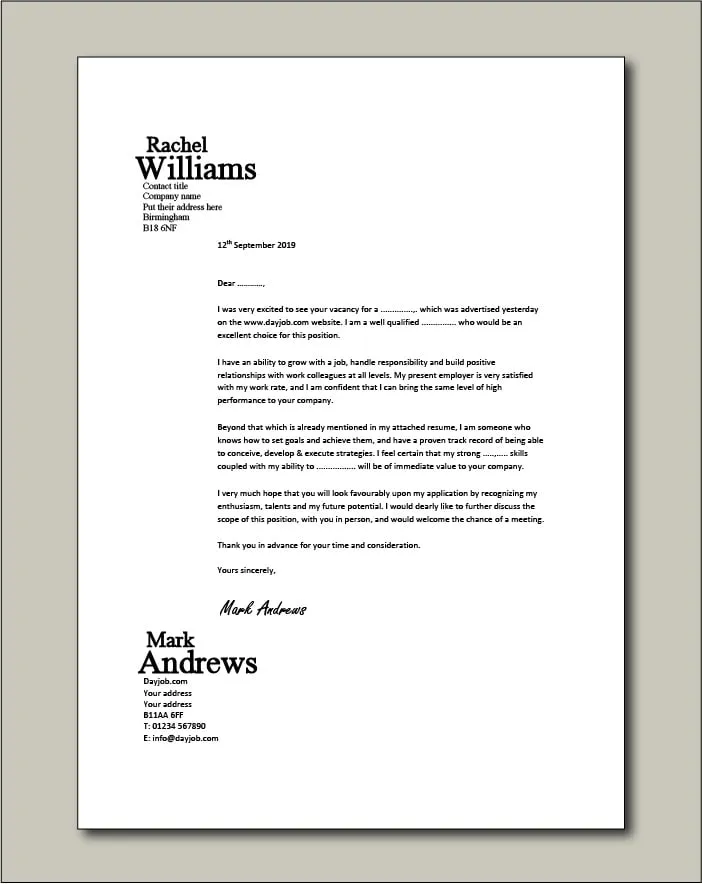
In the body of your cover letter, demonstrate how your skills and experience align with the job requirements. Analyze the job description carefully and identify the key qualifications and responsibilities. Provide specific examples of your accomplishments and how you’ve used your skills in previous roles. Use action verbs to describe your experience and focus on results. Tailor your examples to match the city’s needs and the specific department’s goals. It is important to prove, not just state, your abilities.
Tailoring to the Job Description
A generic cover letter is unlikely to impress a hiring manager. Tailor each cover letter to the specific job you’re applying for. Refer to the job description and highlight the skills, experience, and qualifications that the city is seeking. Explain how your background makes you a perfect fit. Showcase your understanding of the city’s values and the specific department’s goals. Show that you’ve done your homework and understand what the city is looking for in a candidate. This personalization makes your application stand out.
Quantifying Achievements and Results
Whenever possible, quantify your achievements. Use numbers, percentages, and data to demonstrate the impact of your work. For example, instead of saying ‘Improved customer service,’ say ‘Increased customer satisfaction scores by 15%.’ Quantifying your accomplishments adds credibility to your claims and shows the tangible results you can deliver. Concrete evidence of your capabilities is significantly more effective than vague statements.
Demonstrating Knowledge of the City
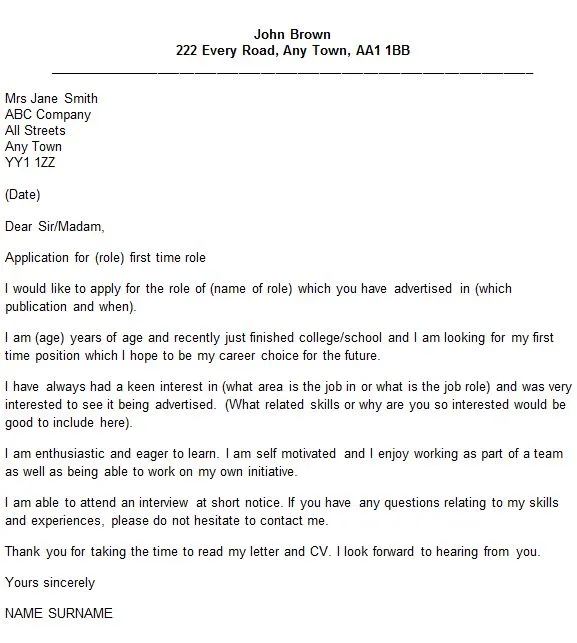
Show that you have researched the city and understand its mission, values, and current initiatives. Mention specific programs, projects, or goals that resonate with you. This demonstrates your genuine interest in working for the city and shows you’re more than just another applicant. Refer to the city’s website, news articles, and social media to gather information. This proactive approach makes you a more compelling candidate.
Showcasing Your Understanding of City Initiatives
If possible, connect your skills and experience to specific city initiatives or projects. Does the city have a new sustainability plan? Are they focused on improving public transportation? Referencing these initiatives shows your understanding of the city’s priorities and how you can contribute to them. Showing how your skills and experience can help achieve these goals makes you a more valuable asset to the hiring team. This demonstrates your awareness of the broader context of the job.
Expressing Enthusiasm and Interest
Convey your enthusiasm for the position and the city. Use positive and energetic language throughout your cover letter. Clearly state why you are excited about the opportunity and what motivates you to work for the city. Show that you’re passionate about making a difference in the community and contributing to the city’s success. Your enthusiasm can make a significant impact on the hiring manager’s decision.
Closing Paragraph with a Call to Action
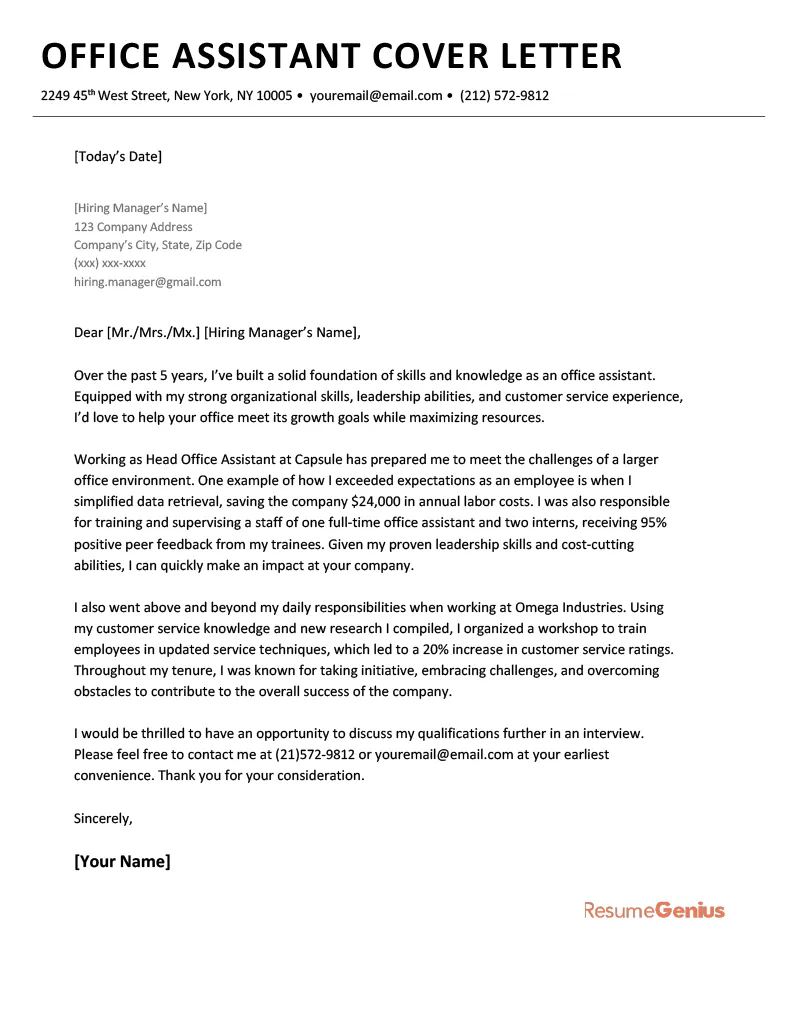
Your closing paragraph should reiterate your interest in the position and thank the hiring manager for their time and consideration. Include a call to action, such as stating that you look forward to hearing from them or that you are available for an interview at their earliest convenience. Make it easy for the hiring manager to move forward with your application. This closing leaves a final positive impression.
Professional Closing and Signature
Use a professional closing, such as ‘Sincerely,’ ‘Best regards,’ or ‘Respectfully.’ Leave space for a signature if you’re printing and mailing the cover letter. If you’re submitting the cover letter electronically, you can type your name below the closing. This final touch reinforces the professionalism of your application.
Formatting and Proofreading
Formatting and proofreading are crucial elements of a compelling cover letter. A well-formatted letter that is free of errors demonstrates professionalism and attention to detail. Conversely, a poorly formatted or error-ridden letter can quickly undermine your application, even if the content is strong. Always ensure that your cover letter is visually appealing and free of any mistakes before submitting it.
Formatting Your City Job Cover Letter
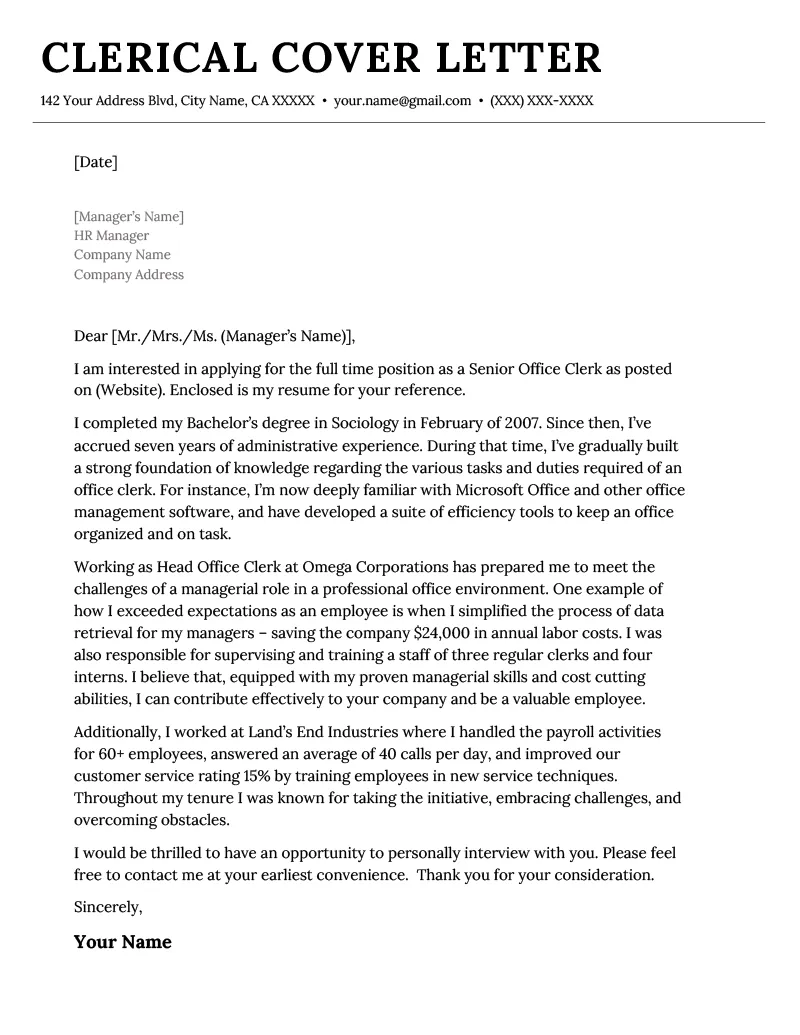
Use a standard font, such as Times New Roman, Arial, or Calibri, in a readable size (11 or 12 points). Maintain consistent formatting throughout the letter. Use one-inch margins on all sides. Use single spacing within paragraphs and double spacing between paragraphs. Make sure the text is left-aligned. Consider using bullet points to highlight key skills or achievements, but avoid overusing them. Keep your letter concise, aiming for one page, unless explicitly requested otherwise.
Proofreading for Errors
Carefully proofread your cover letter for any grammatical errors, typos, or spelling mistakes. Read the letter aloud to catch any awkward phrasing or unclear sentences. Ask a friend, family member, or career counselor to review your letter for a fresh perspective. Ensure that all names, titles, and contact information are accurate. A polished cover letter shows that you pay attention to detail, which is essential in any professional role.
Example City Job Cover Letters
Reviewing example city job cover letters can provide valuable insights and guidance. You can adapt these examples to your specific situation and use them as a template. However, always tailor the content to fit the specific requirements of the job and your unique qualifications.
Entry-Level City Job Cover Letter Example
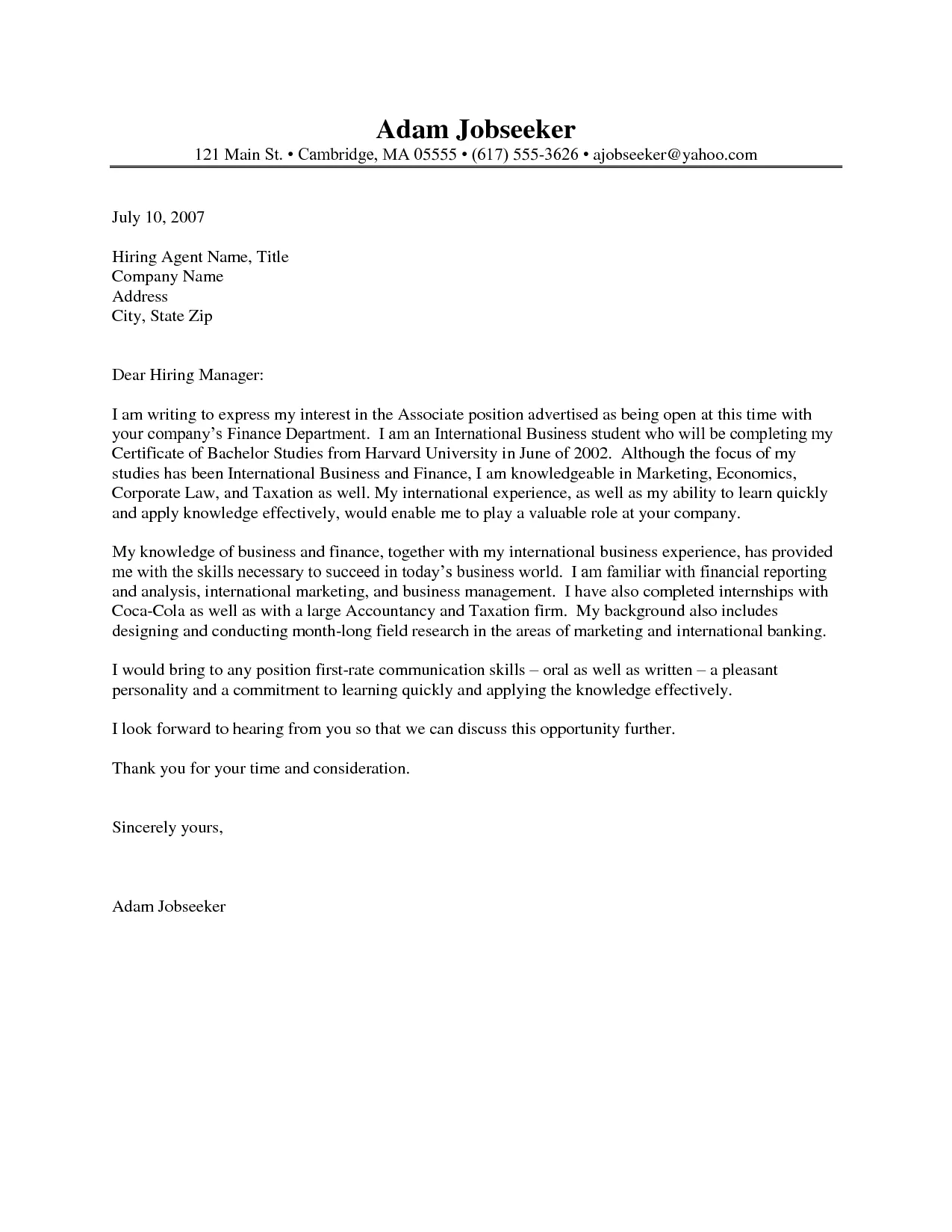
An entry-level cover letter should highlight your educational background, relevant coursework, internships, and any volunteer experience. Emphasize transferable skills, such as communication, problem-solving, and teamwork. Show your enthusiasm for the city and the specific job you are applying for. Be sure to mention your career goals and how the position aligns with them. Demonstrate your willingness to learn and contribute, even if you lack extensive work experience. Focus on your potential and eagerness to grow within the organization. (Example can be found in online resources such as job sites or career advice websites.)
Mid-Career City Job Cover Letter Example
A mid-career cover letter should emphasize your professional experience and accomplishments. Provide specific examples of your successes in previous roles. Quantify your achievements whenever possible, using data and metrics. Focus on how you can leverage your skills and experience to benefit the city. Highlight any leadership roles you’ve held and your ability to manage projects or teams. Show a strong understanding of the city’s needs and priorities. Tailor the letter to the specific job description and focus on the aspects that align with your experience. (Example can be found in online resources such as job sites or career advice websites.)
Tips for Tailoring Your Cover Letter
Tailoring your cover letter is essential for making a strong impression. It shows the hiring manager that you have taken the time to understand the job requirements and the needs of the city. This personalized approach demonstrates your interest and makes you stand out from other candidates. Here are several tips to help you tailor your cover letter effectively.
Research the City and Department
Thoroughly research the city and the specific department you are applying to. Visit the city’s website to learn about its mission, values, and current initiatives. Explore the department’s goals, projects, and recent news. Understanding the city’s priorities allows you to tailor your letter to demonstrate how you can contribute to these goals. Show that you’ve done your homework and that you are not just submitting a generic application.
Use Keywords from the Job Description
Carefully review the job description and identify the keywords that the city uses to describe the required skills, experience, and qualifications. Incorporate these keywords naturally into your cover letter. Using the same language as the job description helps demonstrate that you are a good fit for the role. This practice also increases the likelihood that your application will pass through applicant tracking systems (ATS) used by many cities.
Highlight Relevant Skills and Experience
Focus on the skills and experience that are most relevant to the job requirements. Don’t just list your qualifications; provide specific examples of how you have used these skills in the past and what results you achieved. Tailor your examples to align with the city’s needs and the specific department’s objectives. Use action verbs to describe your accomplishments and quantify your achievements whenever possible. Provide evidence of your ability to perform the job effectively.
Follow-Up After Submitting
Following up after submitting your cover letter can demonstrate your interest and professionalism. It also gives you another opportunity to reinforce your qualifications and express your enthusiasm for the position. However, it’s important to follow up at the right time and in the right way to avoid being perceived as pushy or unprofessional.
Following Up Via Email
If you haven’t heard back within the timeframe specified in the job posting, or after two weeks, it’s appropriate to follow up. Send a brief email to the hiring manager or the contact person listed in the job posting. Reiterate your interest in the position, briefly mention your qualifications, and thank them for their time and consideration. Keep the email concise and professional. Attach your cover letter and resume again for easy access.
When to Follow Up
The timing of your follow-up is important. Wait at least a week or two after the application deadline or the date you submitted your application. Check the job posting for any specific instructions about follow-up. Avoid following up too soon, as this can be seen as impatient. If you are unsure, it’s always better to wait a little longer. Be patient, but proactive.
